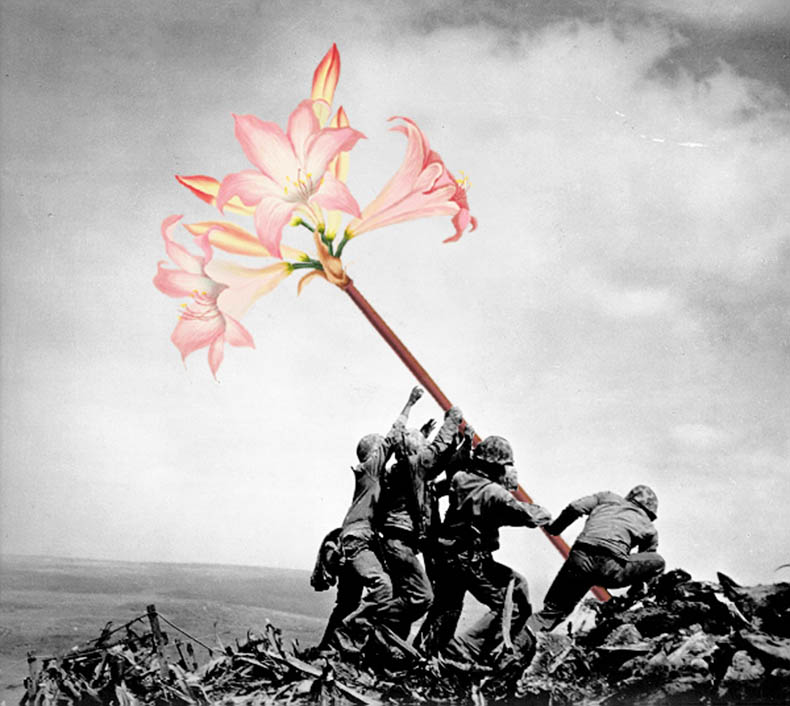“A good photograph is made when the inner vision behind the closed eye corresponds with the vision of the open one behind the viewfinder in the moment of pressing the button.”
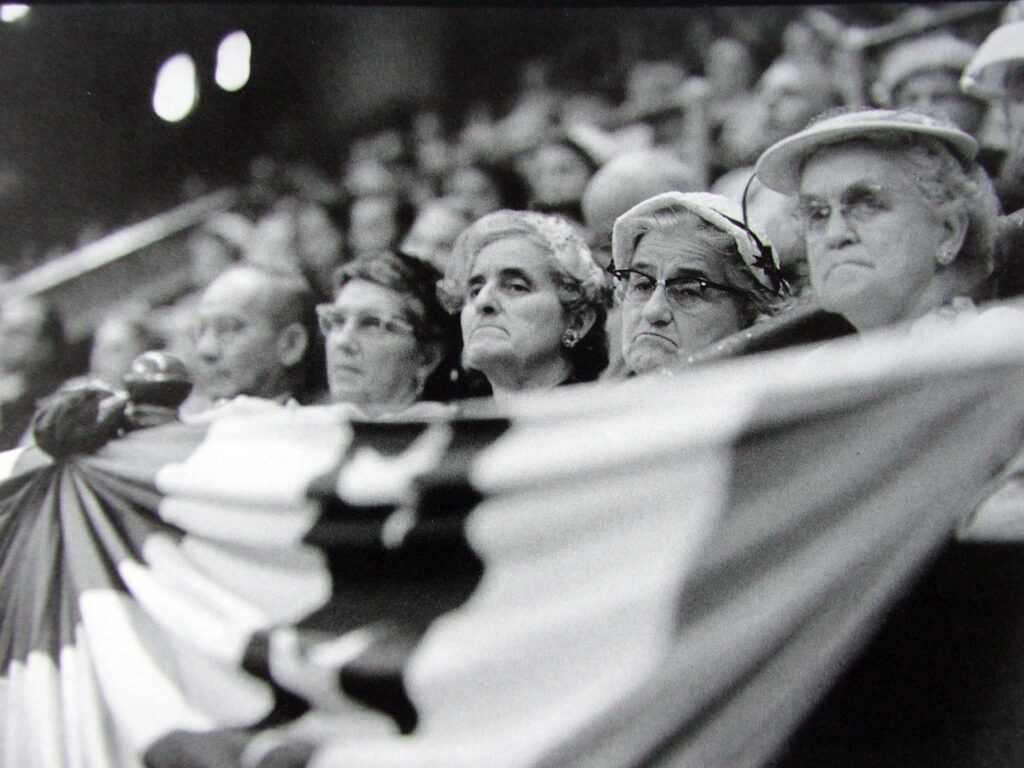



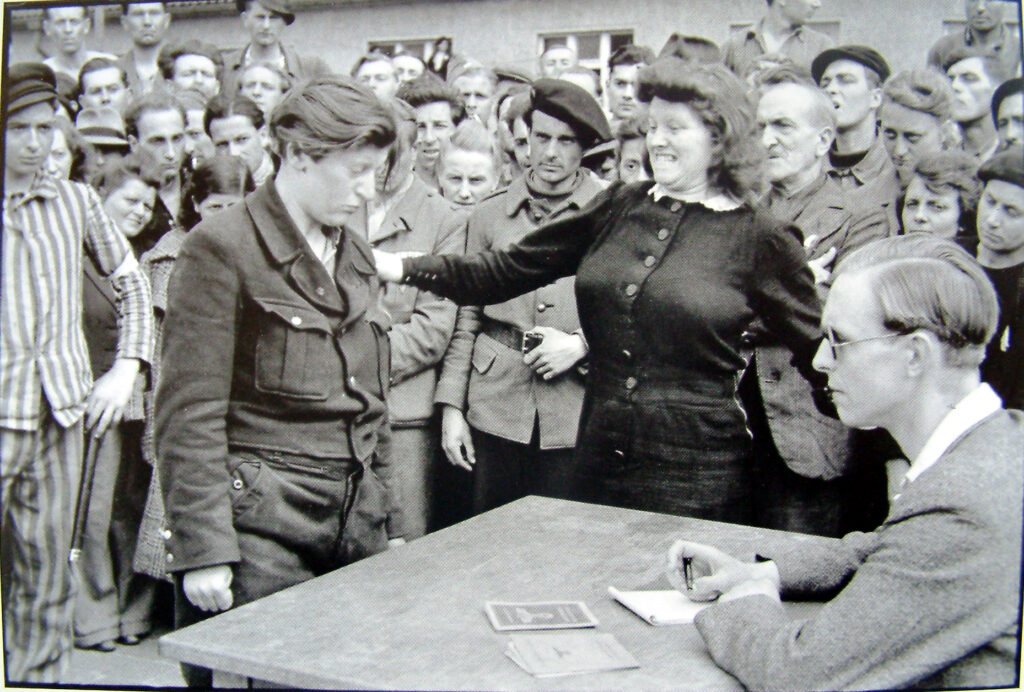
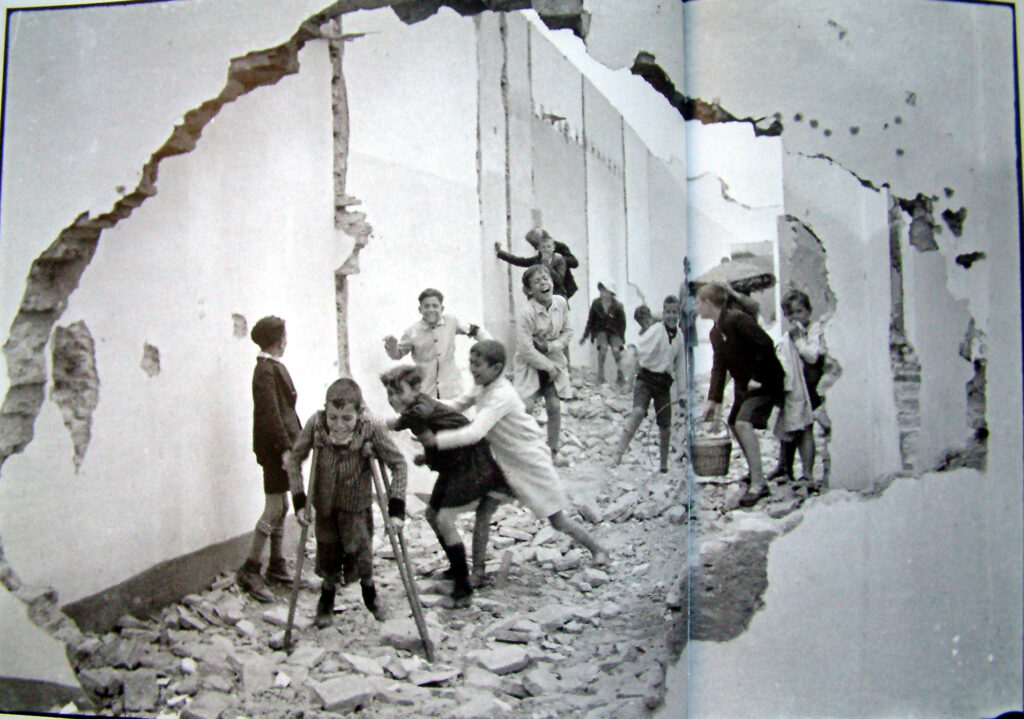
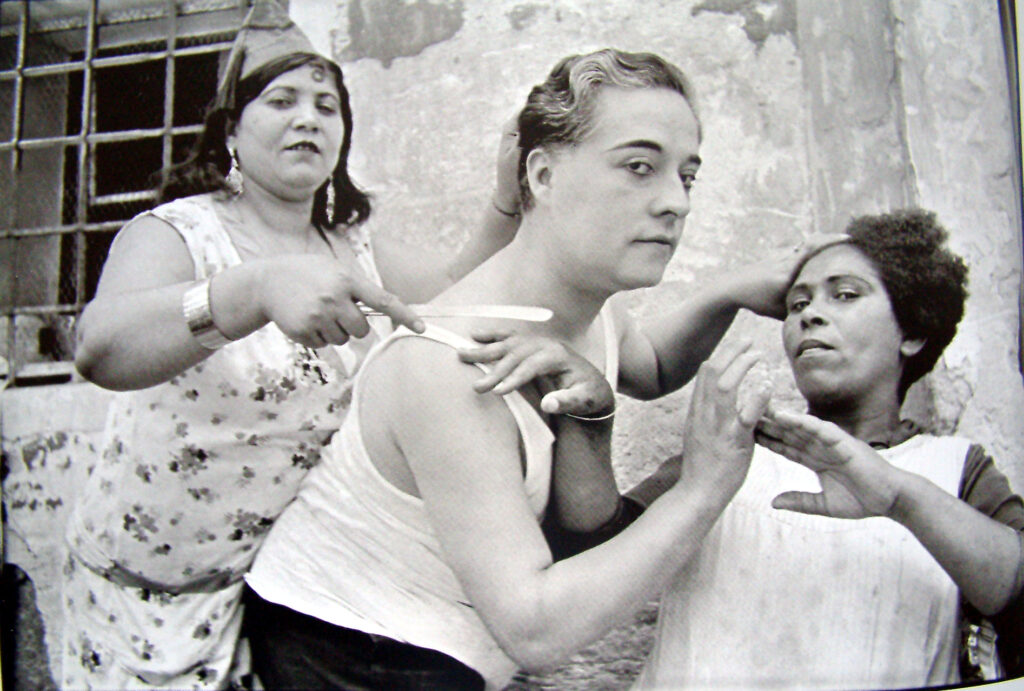

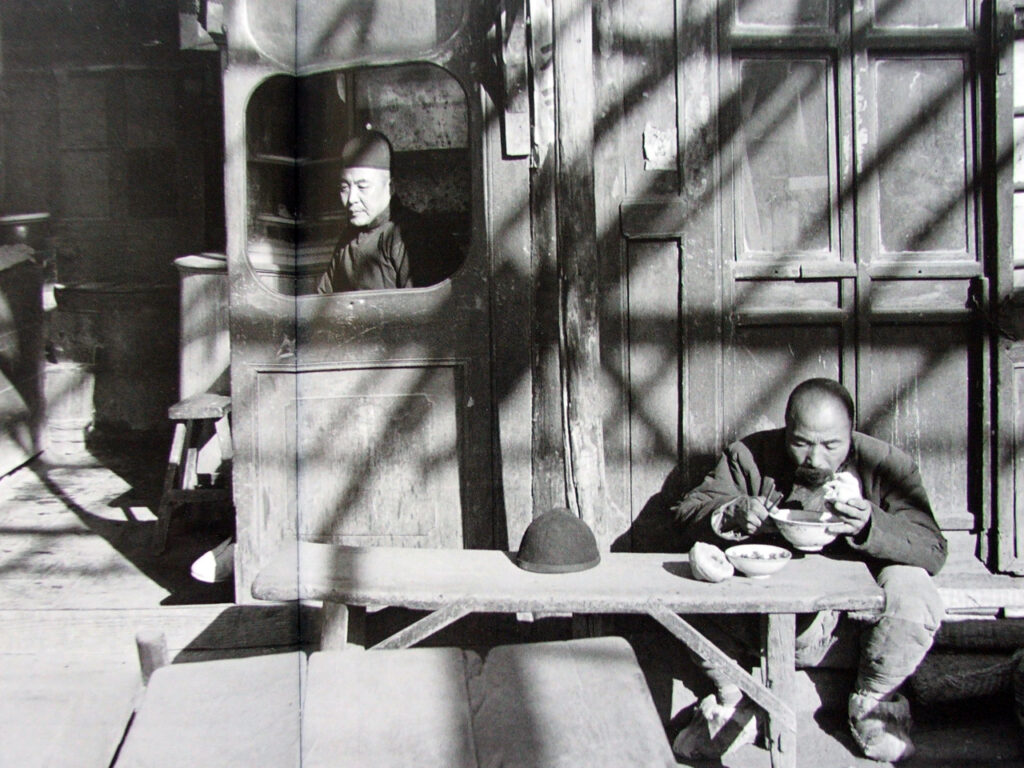
How does Henri Cartier-Bresson view the activity of photography?
- He views it as an extension to the eye, capturing unique and decisive moments in time. Cartier-Bresson said;
‘Your eye must see a composition or an expression that life itself offers you, and you must know with intuition when to click the camera.’
- He sees photography as a way to connect humanity;
“To me, photography is the simultaneous recognition, in a fraction of a second, of the significance of an event as well as of a precise organization of forms which gave that event its proper expression.”
- Captures a once in a lifetime moment;
‘For me the camera is a sketch book, an instrument of intuition and spontaneity, the master of the instant which, in visual terms, questions and decides simultaneously. In order to ‘give a meaning’ to the world, one has to feel involved in what one frames through the viewfinder…”
Introduction
Henri Cartier-Bresson was a humanist photographer, considered a master of candid photography, that captured the movements of people through the world.
He looked through his heart at things that connected with humanity with an extension of his eye, camera, similarly to hunting.
He described what he was aiming to capture as the “decisive moment”, he waited for something interesting to happen, e.g. someone walking past him holding an umbrella, and then took a photo.
Background
Henri was brought up in a wealthy family in France, he was introduced to the arts at an early age. He was initially drawn to painting but soon discovered photography which turned into his passion.
With a camera, Henri was able to interact with the world. He travelled to various places extensively, from Europe to Africa, and absorbed various cultures doing his early years.
These experiences helped to shape his outlook on life and hone his philosophy: photography isn’t just about images; it’s about capturing the essences of existence. His philosophy then matured into what he termed as the decisive moment.
Camera and Lens
Leica rangefinders were a revolutionary piece of equipment in the world of photography. These cameras were compact, reliable, and their design was more discreet than the large and conspicuous cameras of this era. This allowed Henri to use a quick and unobtrusive shooting style, which is essential for street photography.
Another reason why Henri favoured this camera was because of it’s quiet shutter, this was because it allowed him to capture moments without drawing attention to himself, letting life unfold naturally before his lens. this silent operation was crucial for someone who believed in capturing authentic, upstaged moments.
Henri had also preferred the 50mm lens because it offers a field of view close to the human eye, ensuring that he captured images that felt natural and immersive to the viewer.





